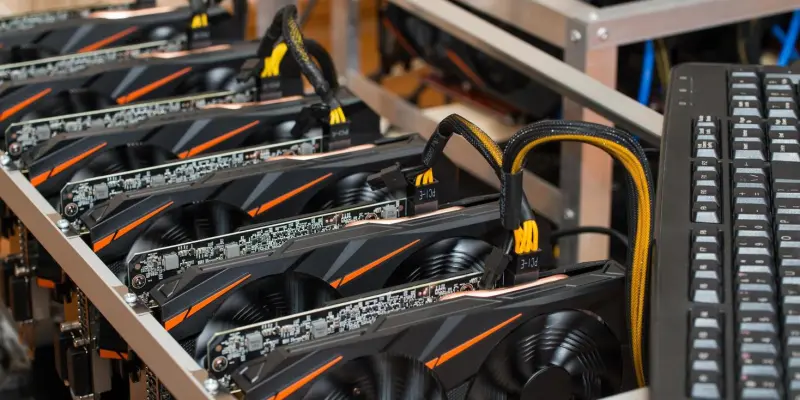In an unexpected move, Nvidia has decided to halt shipments of the RTX 5090D graphics card to China, a decision fueled by stringent trade restrictions imposed by the United States. The RTX 5090D is a China-exclusive model derived from Nvidia’s flagship series but with diminished AI capabilities. This halt is linked to limited shipments of the pivotal GB202 GPU, casting doubt on the future availability of the RTX 5090D in the Chinese market. These recent constraints align with broader efforts by the United States to inhibit China’s progress in advanced technology pursuits. By restricting exports of GPUs surpassing specific I/O and memory bandwidth thresholds, the US aims to slow down China’s advancements, particularly in AI. The H20, a version of Nvidia’s H200 AI training GPU available in China, similarly faces these export limitations.
Consequences of Trade Restrictions
The limitations on shipments of the RTX 5090D point to a growing disparity between accessible GPU technology in China and other regions. Because of these restrictive measures, the RTX 5090D stocks are expected to deplete rapidly, driving up prices on the secondary market and provoking a potential surge in scalping activities. Although the focus remains on high-end models like the RTX 5090D, mid-range models such as the RTX 5080, 5070 Ti, and 5070 remain unaffected by these export bans. Nonetheless, the absence of a flagship product could lead to alternative methods for securing these high-demand graphics cards. This scenario presents a broader ramification in the ongoing tech trade war between the US and China, as any significant advancements within China could potentially shift the technological balance of power.
Broader Implications for China’s Tech Market
The US restrictions on high-performance graphics cards, such as the RTX 5090D, highlight a deeper limitation within China’s tech supply chain. These measures represent more than just a hurdle for a single product line; they are part of a strategic effort to curb technological parity globally, focusing especially on AI advancements in China. As manufacturers grapple with intricate legal frameworks for imports, these restraints could shift tech development from rapid progress to more regulated and cautious strategies. Consequently, China might need substantial investment in local tech sectors to counter these external challenges, seek partnerships with countries offering more favorable export policies, or accelerate the growth of domestic technological skills.
These restrictions could widen the gap in accessing top-tier technology, prompting China’s tech firms to move towards self-reliance. If the limitations persist, they may stimulate innovation of native alternatives, potentially gaining a long-term competitive edge by diversifying technology sources. The global tech industry is keenly watching China’s reaction and its impact on international market dynamics.

